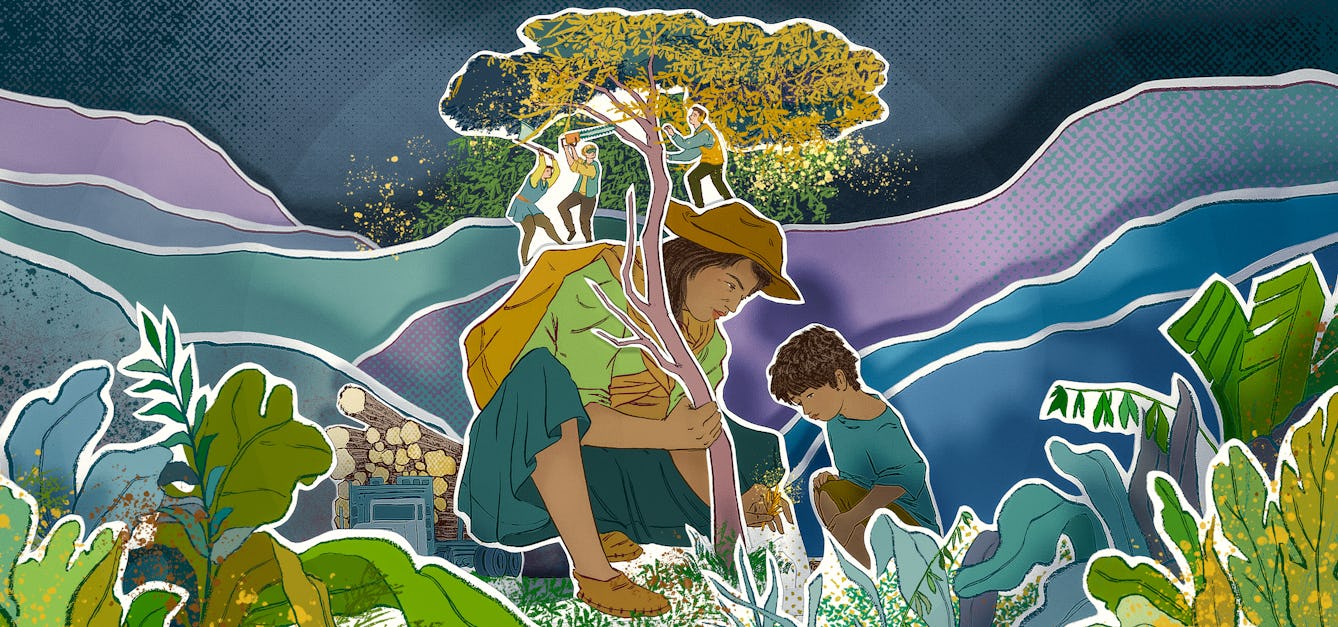Stories
Catalogue
- Books
Canaries for song and show / Frank Ditchfield.
Ditchfield, Frank.Date: [1938]- Books
Coleoptera Atlantidum : being an enumeration of the coleopterous insects of the Madeiras, Salvages, and Canaries / by T. Vernon Wollaston.
Wollaston, Thomas Vernon, 1822-1878.Date: 1865- Books
Le délassement des dames, ou nouveau traité des serins de Canaries, contenant la manière de les élever, de les apparier ... les causes de leurs maladies, et les secrets pour les guérir / [A.J.S].
A. J. S. (Writer on telescopes)Date: 1822- Books
Diseases of canaries / by Robert Stroud ; edited by Herbert C. Sanborn.
Stroud, Robert, 1890-1963.Date: 1933- Books
Brazil, the River Plate, and the Falkland Islands : with the Cape Horn route to Australia, including notices of Lisbon, Madeira, the Canaries and Cape Verds / by William Hadfield ; illustrateds by permission, from the South American sketches of Sir W. Gore Ouseley and, by permission, from the drawings of Sir Charles Hotham during his recent mission to Paraguay, of which country much new information is supplied ; as also of the region of the Amazon.
Hadfield, William, 1806-1887.Date: 1854










